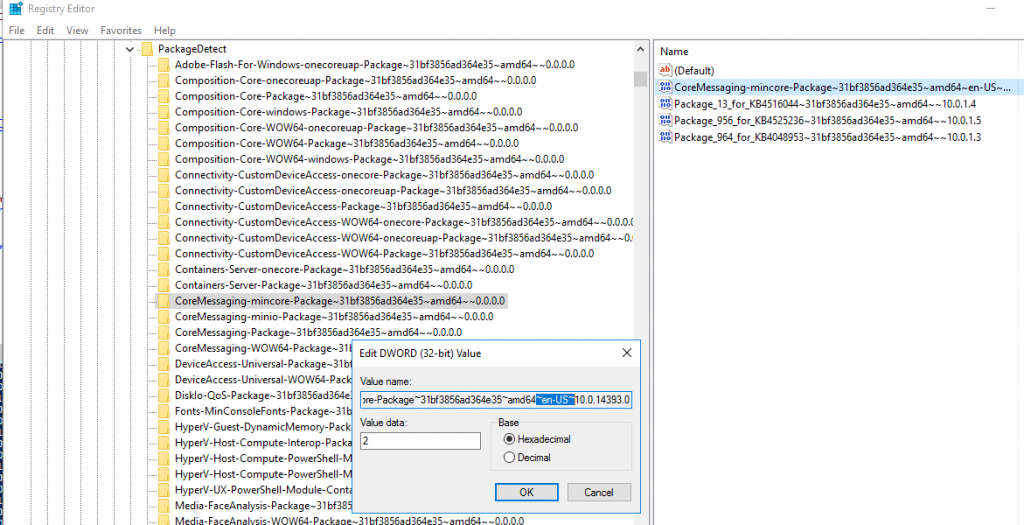I spent most of the winter break working on automating a value averaging algorithm that I wrote about several months ago. Back in October we started scaling into three positions that we identified based on our work with some predictions we did using Facebook’s Prophet earlier. My goal was to develop a protocol and work out any kinks in the process manually while I worked on building out code that would eventually take over. While I’m not ready to release the modules to the public yet, I have managed to get the general order calculation and order placement up and running.
To start, I setup a Google Sheet with the details of each position: start date, number of days to run, and the total amount to invest. I used Alexander Elder’s Two Percent Rule, as usual to come up with this number. Essentially each position would be small enough that I wouldn’t need to setup stop losses. From there, the sheet would keep track of the number of business days (as a proxy for trading days) and would compute the target position size for that day. I would update a cell with the current instrument price, and the sheet would compute whether my asset holding was above or below the target, and calculate the buy or sell quantities accordingly.
After market open, I would update the price for each stock and put in the orders for each position. This took a few minutes each day, and became part of my morning routine over the past two months or so. Ideally, this process should have only taken five minutes out of my day, but we ran into some challenges due to the decisions we made that required us to rework things and audit our order history several times.
The first of these was based around the type of orders we placed. I decided that I didn’t want to market buy everything, and instead put ‘good-until-cancelled’ limit orders in. When there was no spread between the bid and the ask, I would just match whichever end I was on, and if there was a split I would put my order price one penny in the spread. As a result, some orders would go unfilled, and required some overly complicated spreadsheet calculations to keep track of which orders were filled, what my actual number of shares was ‘supposed’ to be, and so on. I also started using a prorated target, based on the number of days with actual filled orders. This became a problem to track. Also, some days there were large spreads, and my buy orders were way lower than anything that would get filled. There were times when the price fell for a few days and picked up some of these, but keeping track of these filled/unfilled orders was a huge pain in the butt.
One of the reasons that it took me so long to develop a working product was due to the challenges I had with existing Python support for my brokerage. The only feasible module that I could find on Pypi had basic functionality and required a lot of work. It had no order-placing capabilities, so I had to write those. I also got lost working through Ameritrade’s non-compliant schema definitions, and I almost gave up hope entirely when I found out that they were getting bought out. The module still has a lot of improvements needed before it can be run in a completely automated manner, but more on that later.
So far I’ve got just under a thousand lines of code — not as many tests as I should have written — that allows me to process a list of positions, tuples with stock ticker, days to run, start date, and total capital to invest. It calculates the ideal target, gets the current value of the position, and then calculates the difference and number of shares to buy or sell. It then places the order. I’m still manually keeping an eye on things and tracking my orders in the sheet as I’ve been doing, but there’s too much of a discrepancy between the Python algorithm and my spreadsheet. I don’t anticipate trying to wade through my transaction history to try to program around all of the mistakes and adjustments that I made during the development process. I’ll just have to live without the prorated targets for the time being.
I think priorities for the next few commits will be improving the brokerage module. Right now it requires Chromedriver to generate the authentication tokens; this can be done using straight up request sessions. There’s also no error checking; session expiration is a common problem and I had to write a function to use to refresh it without reauthentication. So first priority will be getting the the order placement calls and token handling improvements put in and a PR back into the main module.
From there, I’d like to clean up the Quicktype-generated objects and get them moved over to the brokerage package where they belong. I don’t know that most people are going to want to use Python objects instead or dictionaries, but I put enough work into it that I want it out there.
Lastly, I’ll need to figure out how to separate any of the broker-specific function calls from the value averaging functions. Right now it’s too intertwined to be used for anything other than my brokerage, so I’ll see about getting it generalized in such a way that it can be used with Tensortrade or other algorithmic trading platforms.
I’m not sure how much of this I can get done over the spring. Classes for my final semester at school start next Monday, and it will be May before I’m done with classes. But I will keep posting updates.



